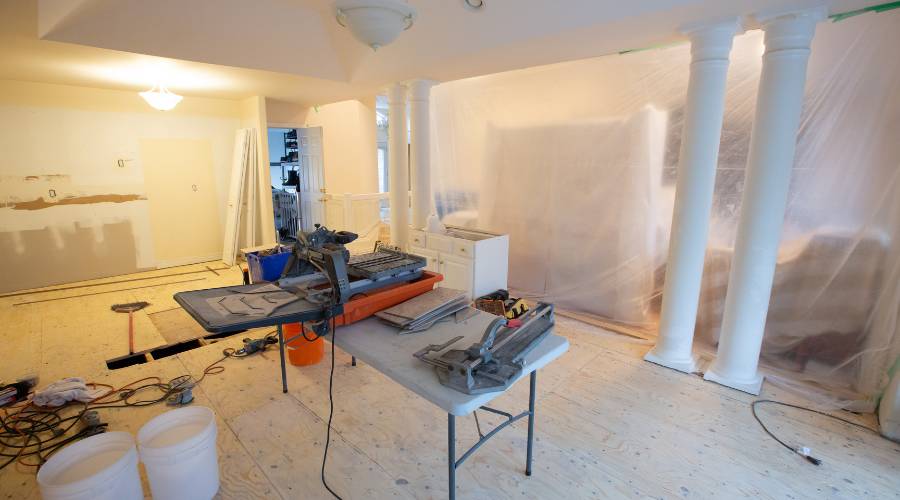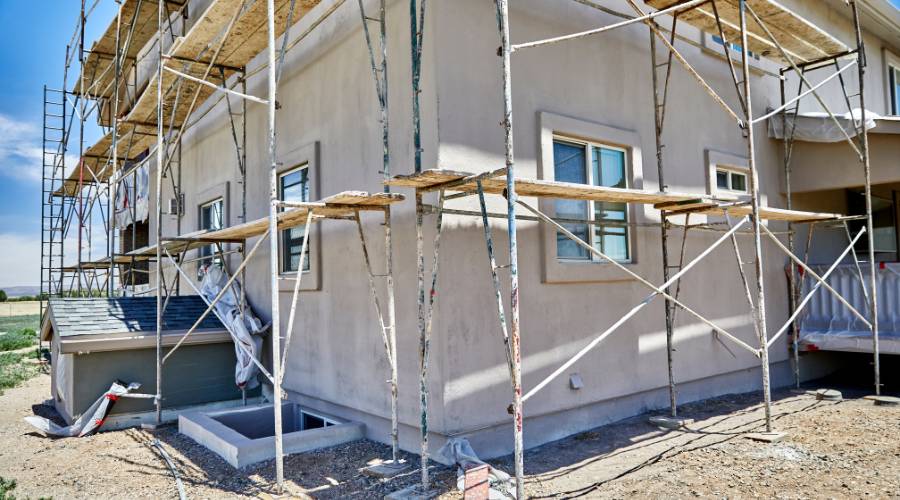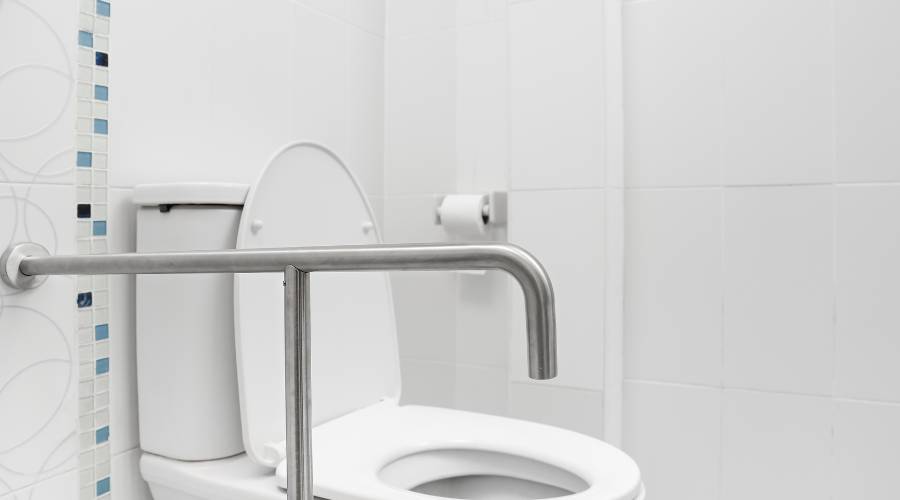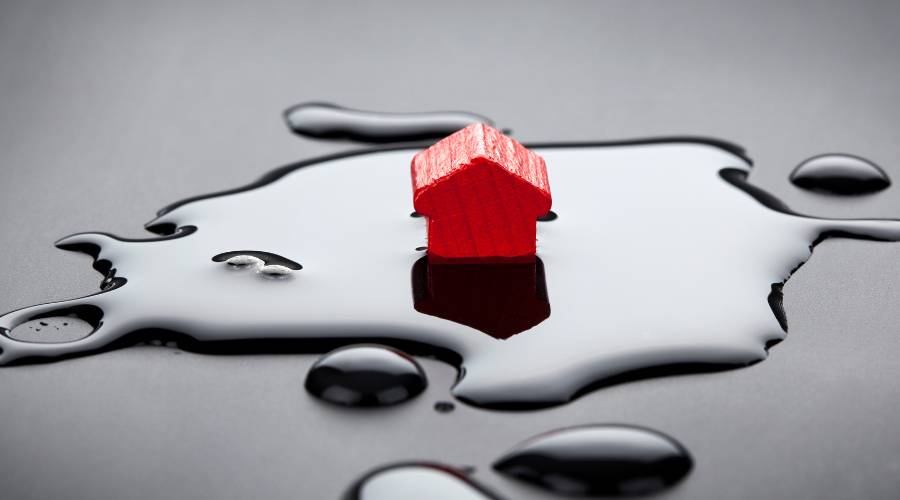Elevated home renovations in Sydney are essential for homeowners in flood-prone areas. Flood zones pose significant risks, including structural damage and loss of property. By undertaking elevated renovations, you can mitigate these risks through strategic construction techniques.
Key strategies for elevated home renovations include:
- Pier Foundations or Raised Supports: Raising buildings and living spaces above ground level.
- Water-Resistant Materials: Using materials that minimise damage and allow for quick drying post-flood.
- Under-House Storage: Utilising the space beneath elevated homes for storage or additional living areas.
Sydney’s unique landscape, with its sloped land and coastal regions, often necessitates the use of stilts and piers to protect homes from floodwaters efficiently. This approach not only enhances safety but also adds value to your property while ensuring long-term resilience against natural disasters.

Why Choose Sydney Renovation Group for Your Elevated Home Renovations?
Sydney Renovation Group, a full-service renovation company founded in 2013, stands out for its expertise in elevated home renovations. Specialising in residential and commercial properties, they bring a wealth of experience and high-quality craftsmanship to each project.
Services Offered
- Residential Renovations: From kitchen and bathroom makeovers to outdoor upgrades and heritage restorations, they cater to diverse homeowner needs.
- Commercial Fit-Outs: Office and retail spaces are transformed with efficient design and functional layouts.
- Government Projects: They undertake renovation projects that meet stringent safety standards and regulatory requirements.
Areas of Operation
Operating across Sydney’s North Shore, Inner West, and Eastern Suburbs, Sydney Renovation Group is well-versed in the unique challenges of these regions. Their commitment to personalised service ensures tailored solutions that meet local council regulations and client expectations.
Understanding Flood Zones and Construction Challenges
Navigating the complexities of flood zones is crucial for homeowners in Sydney looking to undertake elevated home renovations. Flood zones are designated areas prone to flooding due to geographical and environmental factors. Properties in these zones face unique challenges that necessitate resilient construction methods.
Risks of Structural Collapse
The risk of structural collapse is a significant concern in flooded areas. Hydrostatic pressure, which occurs when water accumulates and exerts force against the structure, can lead to severe damage or even collapse if not properly managed. This underscores the importance of designing homes with robust support systems capable of withstanding such pressures.
Importance of Using Appropriate Materials
Using materials that minimise damage and facilitate drying post-flood is essential in flood-resilient construction. Opting for water-resistant building materials like treated wood, metal framing, and concrete can help reduce the extent of flood damage. Additionally, incorporating quick-drying materials ensures that any residual moisture can dissipate swiftly, preventing long-term issues such as mould and mildew.
Benefits of Elevated Home Renovations
Elevated home renovations address these challenges by raising living spaces above potential flood levels, thereby mitigating risks. Emphasising resilient construction methods tailored to withstand the unique demands of flood-prone areas safeguards both property and occupants, offering peace of mind to Sydney homeowners.
Key Strategies for Successful Elevated Home Renovations
Elevated home renovations in flood-prone areas are crucial to ensure the safety and longevity of properties. One of the most effective methods is raising house foundations above ground level using pier foundations or raised supports. This strategy helps prevent water damage during flooding by keeping living spaces safely above floodwaters.
Compliance with Local Regulations
Compliance with local regulations is essential when planning elevated home renovations in Sydney. Building above known flood levels requires adherence to specific guidelines set by local councils. These regulations are designed to protect properties and residents, ensuring that structures can withstand potential flood threats.
Selection of Water-Resistant or Quick-Drying Materials
Selection of water-resistant or quick-drying materials plays a significant role in flood-resilient construction. Using materials like treated timber, concrete, and specific types of masonry can minimise damage during a flood event. These materials help facilitate faster drying times and reduce the risk of mould and structural compromise.
By incorporating these key strategies, homeowners can significantly mitigate the risks associated with living in flood zones, ensuring their homes remain safe and durable during extreme weather conditions.
Essential Considerations for Flood-Resilient Homes
Adapting a home for flood resilience means looking beyond just raising the structure. Addressing how water moves through and around a property plays a vital role in reducing long-term damage and recovery time.
1. Flood Vents
These specialised openings are installed in foundation walls or subfloor enclosures to allow water to flow freely in and out during flooding events. This equalises pressure on the building’s structure, helping prevent collapse or severe damage. Properly placed flood vents can make all the difference during sudden storms common across Sydney’s low-lying suburbs.
2. Electrical Outlet Positioning
Elevating electrical outlets higher up on interior walls—well above predicted flood levels—minimises the risk of short circuits, fire hazards, and expensive rewiring. Consulting with an experienced electrician ensures compliance with all safety codes while giving peace of mind that essential systems will remain protected when water levels rise.
3. Resilient Flooring Choices
Selecting materials that handle moisture well is crucial. Tiles, polished concrete, and certain engineered timber boards provide robust surfaces that resist warping and are easy to clean after flooding. Avoiding traditional carpets saves families from costly replacements and health issues caused by lingering dampness or mould.
Each of these elements supports the creation of safer, more durable living spaces for families and businesses facing Sydney’s unpredictable weather patterns.
Preparing for Elevated Home Renovations in Flood-Prone Areas
Every renovation project in a flood-prone Sydney suburb starts with understanding the unique conditions of the site. Local council regulations play a key role—these rules are in place to keep properties and their occupants safer. Before making any design decisions, it’s essential to review the specific requirements set out by your local council, as these can dictate minimum floor heights, approved building materials, and setback distances relevant to flood zones.

Conducting a Thorough Risk Assessment
A thorough risk assessment helps guide decision-making. Accessing the latest flood maps and official reports gives homeowners and commercial property owners a clear picture of potential water levels and the frequency of past events. These resources are readily available through NSW government websites or council offices:
- Request detailed flood maps from your local council or planning authority
- Seek historical data to understand trends and emerging risks
Seeking Specialist Expertise When Needed
For more complex sites or those with high exposure to flooding, working with a hydraulic consultant can be invaluable. These specialists analyse how water will move across your property during severe weather. Their expertise supports tailored solutions, such as recommending specific elevation heights or mitigation barriers suited to your block’s topography.
By bringing together regulatory compliance, accurate risk assessment, and specialist advice, property owners can make informed choices that position their renovations for long-term resilience and peace of mind.
Conclusion
Sydney Renovation Group stands by homeowners and commercial clients with a steadfast commitment to meeting strict safety standards in every elevated home renovation. By blending technical expertise with local insight, our team ensures that properties across Sydney are not only protected from today’s flood threats but also built to withstand the future impacts of climate change. Choosing elevated home renovations in Sydney means investing in long-term resilience, peace of mind, and a safer living environment for your family or business, no matter what tomorrow brings.
undefined
Why are elevated home renovations important in flood-prone areas like Sydney?
Elevated home renovations are crucial in flood-prone areas to mitigate the risks of flood damage by raising living spaces above potential flood levels. This strategic approach helps protect properties from structural collapse due to hydrostatic pressure and minimizes water damage, ensuring safety and resilience.
What expertise does Sydney Renovation Group offer for elevated home renovations in Sydney?
Sydney Renovation Group is a full-service renovation company specializing in elevated home renovations for both residential and commercial properties. They operate across various Sydney areas, providing expert services that comply with local regulations and focus on flood-resilient construction methods.
How do flood zones affect construction strategies for elevated homes?
Flood zones require the use of resilient construction methods to withstand flooding risks. Building in these zones necessitates raising foundations using pier supports or stilts, selecting water-resistant materials, and designing structures that can endure hydrostatic pressure while allowing for effective drying after floods.
What are the key strategies involved in successful elevated home renovations in Sydney?
Successful elevated home renovations involve raising house foundations above known flood levels using pier foundations or raised supports, complying with local building regulations, choosing quick-drying and water-resistant materials, installing flood vents for water flow management, and positioning electrical outlets to prevent water contact.
What essential considerations should homeowners keep in mind for flood-resilient homes?
Homeowners should consider installing flood vents to allow water flow without structural damage, positioning electrical outlets above potential flood levels, using resilient flooring options such as tiles instead of carpets, and selecting materials that minimize damage and facilitate quick drying post-flood.
How should one prepare for elevated home renovations in flood-prone areas of Sydney?
Preparation includes reviewing local council regulations, obtaining accurate flood maps and risk assessment reports, and possibly engaging hydraulic consultants for expert advice on flood mitigation. This ensures that renovations meet safety standards and adapt to future climate change impacts effectively.





